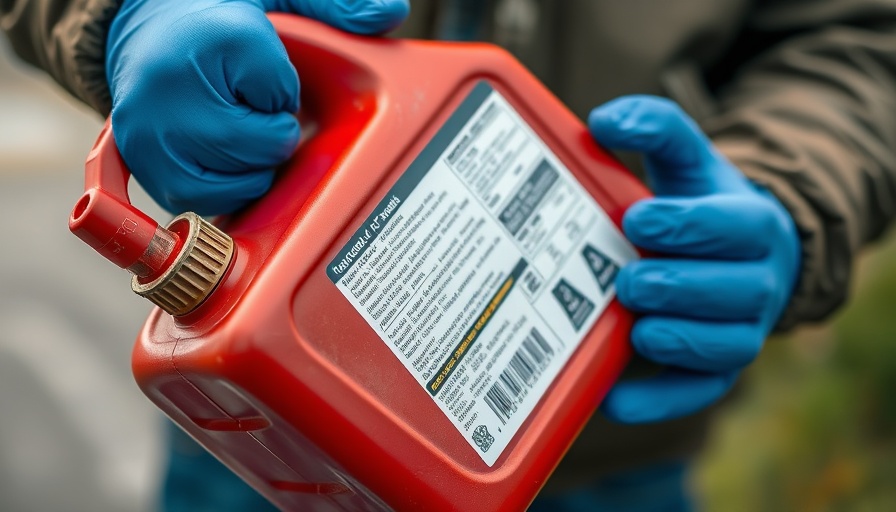
Unveiling the Surveillance: How Insurance Companies Gather Data
Imagine receiving a message from your insurance company, informing you that your home was photographed without your knowledge. It may sound like something out of a spy thriller, but for many homeowners, this is increasingly becoming a reality.
According to recent reports, some insurance companies have adopted technology like drones and satellite imagery to assess properties. Tracy Gartenmann from Texas found herself in this exact predicament, realizing that her insurance company had been keeping tabs on her house through aerial imaging. This development raises questions not just about privacy, but about the ethics of data collection practices among home insurance providers.
The Criteria for Coverage Renews: What You Should Know
Before considering privacy violations, homeowners should first understand how insurance companies decide whether to renew their policies. Factors such as payment history, previous claims, and the overall condition of the property play a vital role. Expert Erika Tortorici emphasizes that a well-maintained home, timely payments, and minimal claims can significantly enhance the chances of renewal. Unfortunately, these decisions are now not just influenced by your history but also by technological assessments.
The Creepy Reality: Are They Really Spying?
While it may feel invasive, the reality is that insurance companies do collect extensive data about homeowners and their properties. Michael DeLong, a research expert, explains that insurers categorize homeowners based on numerous factors, including economic status. Thus, while it’s not necessarily “spying,” it can often feel as invasive as watching from afar as drones hover above.
Tortorici points out that some insurers utilize drones to check for potential risks. For instance, any visible roof damage or neglected property might increase the insurance risk, prompting higher premiums or even non-renewal policies. This raises the question of how much privacy homeowners should sacrifice for coverage.
The Balance Between Risk and Privacy
As technology advances, the balance between assessing risk and preserving privacy grows precarious. While it’s understandable that companies need to protect themselves financially, homeowners also deserve to know how their data is being used. Transparency should be paramount in these relationships.
Consumers must also be vigilant. Keeping track of what you’re signing when enrolling for insurance can help prevent unpleasant surprises later on. So, before penning your name on that policy, ensure you understand the fine print regarding data collection.
Conclusion: Staying Informed is Key
As home insurance companies rely more on technology for assessments, it’s essential for homeowners to stay informed about what that means for their privacy. Engaging with your insurance agent and discussing how assessments are conducted can empower you as a homeowner.
This newfound knowledge serves not only to safeguard your home but can reassure you as you navigate the often murky waters of home insurance coverage. Don't let your home turn into a surveillance target; stand your ground and advocate for your right to privacy!
 Add Row
Add Row  Add Element
Add Element 


 Add Row
Add Row  Add
Add 

Write A Comment